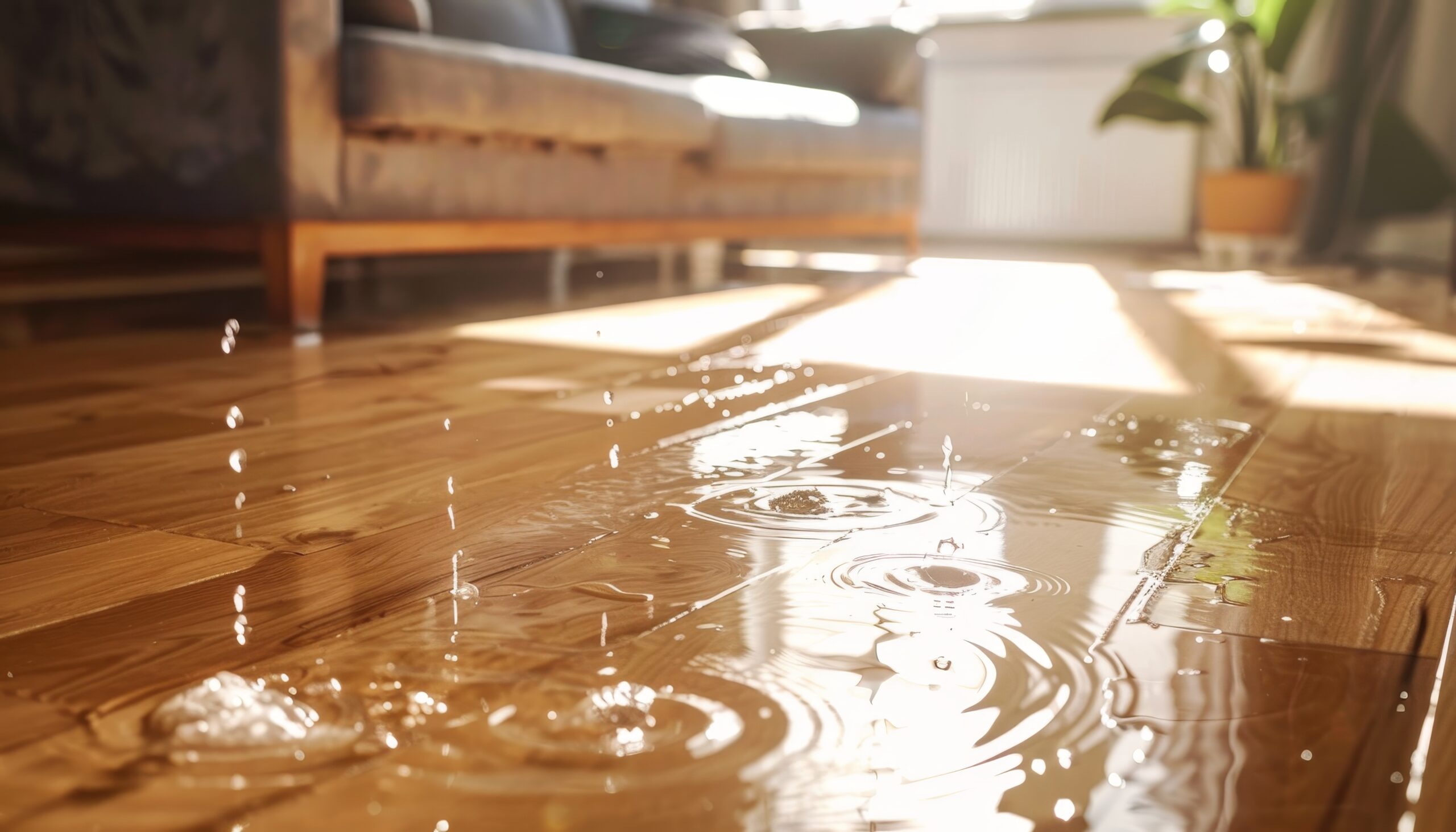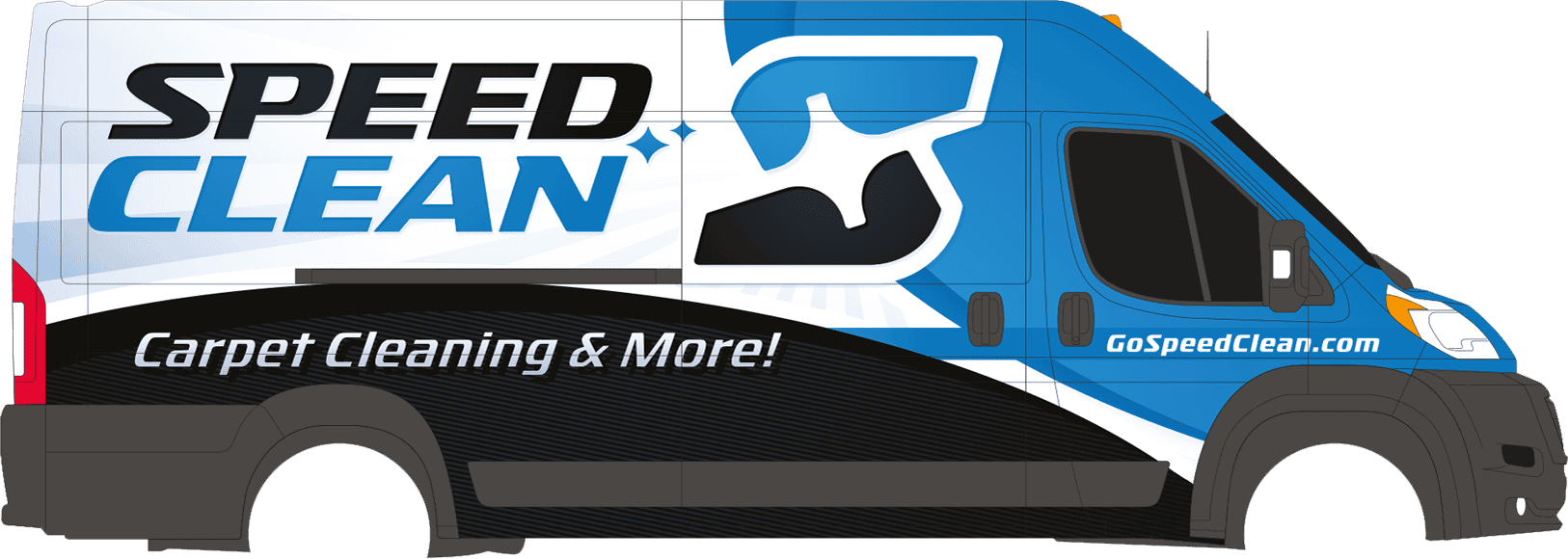Water damage on hardwood floors is a homeowner’s nightmare. Whether it’s a slow leak, a burst pipe, or a flood, the consequences can be devastating. Hardwood floors are not just a beautiful feature of your home; they are also a significant investment. When exposed to water, the wood can warp, buckle, or rot, leading to expensive repairs or even complete replacement. This article will delve into the causes of water damage on hardwood floors and provide practical advice on what to do if your floors are affected.
Causes of Water Damage on Hardwood Floors
Water damage can occur in various ways, and understanding the causes is the first step in preventing and addressing it. Below are some common culprits:
- Leaks from Appliances or Plumbing:
- Dishwashers, washing machines, refrigerators, and water heaters can all develop leaks over time. If these leaks go unnoticed, water can seep into the hardwood, causing damage.
- Plumbing issues, such as burst pipes or leaking faucets, can also lead to water damage. The water can travel under the flooring, causing swelling and warping.
- Spills and Accidents:
- Everyday spills from beverages or cleaning can cause localized water damage if not cleaned up immediately. Pet accidents can also be a problem if the moisture is allowed to penetrate the wood.
- Flooding:
- Natural disasters like floods or heavy rainstorms can lead to significant water exposure. Even a minor flood can cause extensive damage to hardwood floors if the water is not removed quickly.
- Humidity and Moisture:
- High humidity levels, particularly in basements or poorly ventilated areas, can cause wood to absorb moisture from the air. Over time, this can lead to warping, cupping, or buckling.
- Improper Installation:
- If hardwood floors are not properly installed, gaps can form between the planks, allowing water to seep in. Incorrectly sealed floors are also more susceptible to water damage.
Signs of Water Damage on Hardwood Floors
Recognizing the early signs of water damage can help you address the issue before it worsens. Here are some common indicators:
- Discoloration:
- Water-damaged wood may appear darker or lighter than the surrounding area. Stains or spots can also develop where the water has seeped in.
- Warping or Cupping:
- Warping occurs when the wood bends or twists due to water exposure. Cupping is a specific type of warping where the edges of the plank are higher than the center.
- Buckling:
- Buckling is the most severe form of water damage, where the wood lifts completely from the subfloor. This is usually a sign of extensive water exposure.
- Musty Odor:
- A persistent musty smell may indicate mold or mildew growth beneath the hardwood floors, a common consequence of prolonged water exposure.
- Loose or Separating Planks:
- If the wood has absorbed water, it may expand, causing the planks to separate or loosen from the subfloor.
What to Do If Your Hardwood Floors Have Water Damage
If you notice any signs of water damage, it’s crucial to act quickly to minimize the damage. Before you begin efforts to remove moisture on your own, you should call a professional. If you live in the Detroit metro, Speed Clean Services can help. Here are the steps you should take:
- Assess the Extent of the Damage:
- Begin by inspecting the affected area. Determine how widespread the damage is and whether the water has seeped beneath the surface. You may need to remove a few planks to check the subfloor.
- Remove the Water Immediately:
- If the water is still present, remove it as quickly as possible using a wet/dry vacuum, mop, or towels. The longer the water sits, the more damage it can cause.
- Dry the Area Thoroughly:
- After removing the water, it’s essential to dry the area completely. Use fans, dehumidifiers, or even a hairdryer to remove moisture from the wood. Ensure the room is well-ventilated to speed up the drying process.
- Clean and Disinfect:
- Use a mild detergent and water to clean the affected area. This will help remove any dirt or debris left behind by the water. Avoid using harsh chemicals that could further damage the wood.
- Monitor for Mold:
- Mold can develop quickly in damp environments. Keep an eye on the affected area for any signs of mold growth, such as black spots or a musty odor. If you suspect mold, it’s best to contact a professional immediately.
- Consider Refinishing or Replacing the Floor:
- Depending on the extent of the damage, you may need to refinish or replace the affected area. Refinishing involves sanding down the surface to remove the damaged layer and applying a new finish. In severe cases, replacing the damaged planks or the entire floor may be necessary.
- Prevent Future Water Damage:
- To protect your hardwood floors from future water damage, consider taking preventative measures. Ensure that appliances and plumbing are regularly maintained, and address any leaks immediately. Use area rugs in high-risk areas, such as kitchens and bathrooms, and maintain proper humidity levels in your home.
Why You Should Contact Speed Clean Services
Dealing with water damage on hardwood floors can be overwhelming. The process requires immediate action, specialized equipment, and a thorough understanding of how to properly restore the wood without causing further damage. While DIY methods can be effective for minor spills, more significant damage demands professional intervention.
Speed Clean Services is a trusted name in water damage restoration. With years of experience, they have the expertise to handle even the most severe cases of water damage on hardwood floors. They use advanced equipment to extract water, dry the affected area, and restore your floors to their original condition. Their team is trained to detect hidden moisture, preventing long-term issues like mold growth.
When you choose Speed Clean Services, you can rest assured that your hardwood floors are in capable hands. They understand the value of your investment and work diligently to preserve the beauty and integrity of your floors.




